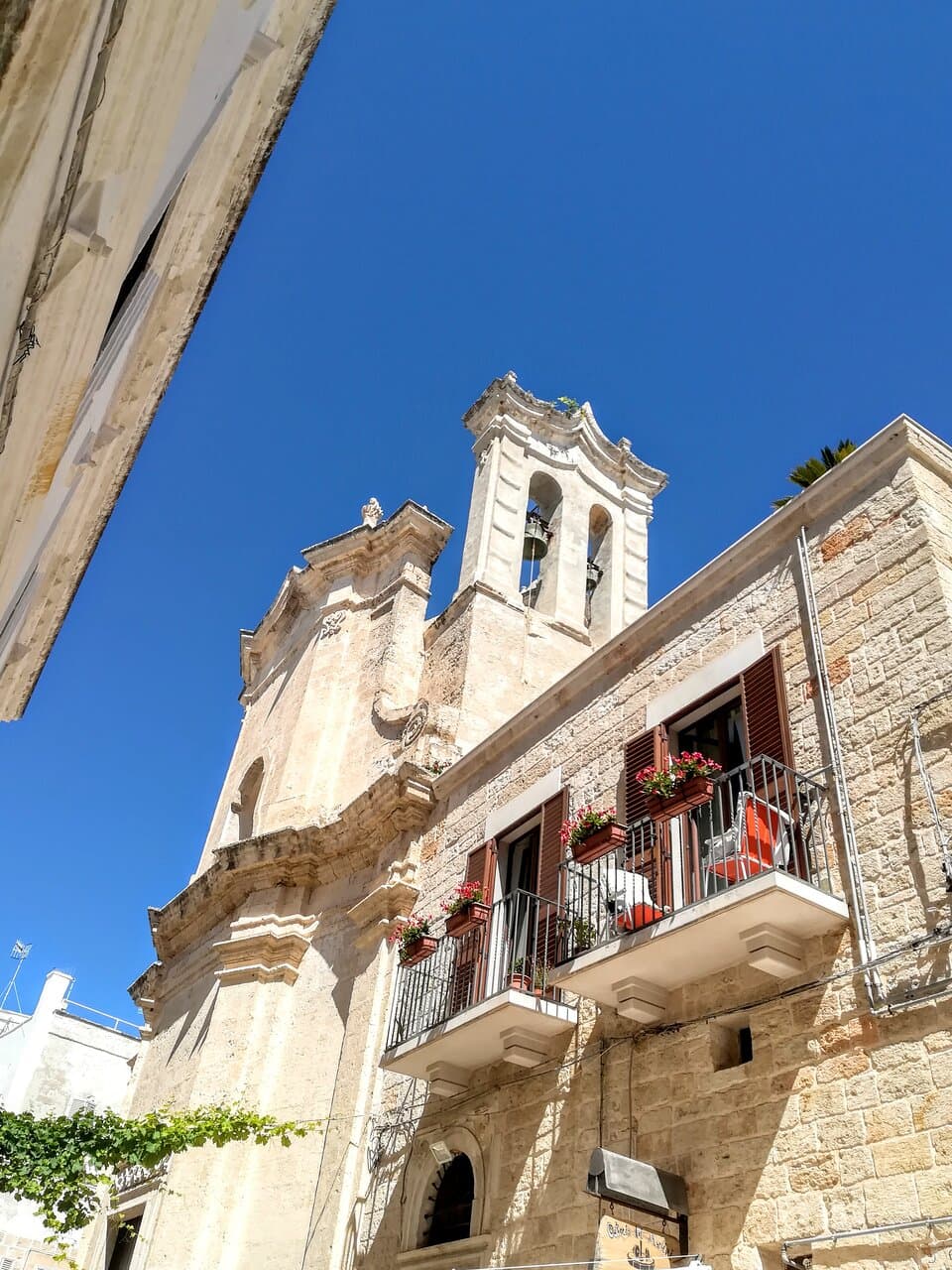
Chiesa del Purgatorio
A stunning Baroque church in Polignano a Mare's historic center, known for its unique facade and rich history as a former burial site.
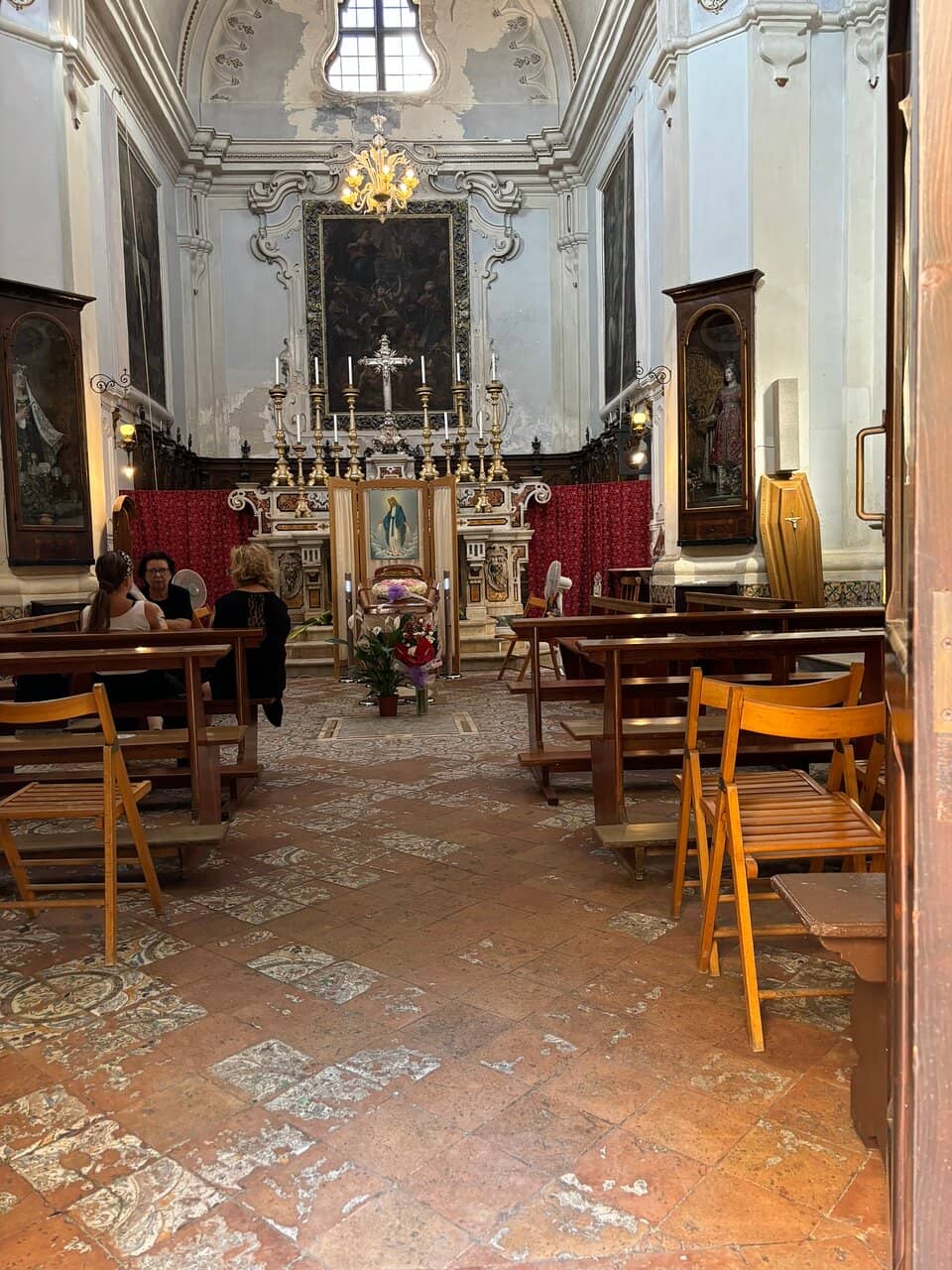
Highlights
Must-see attractions
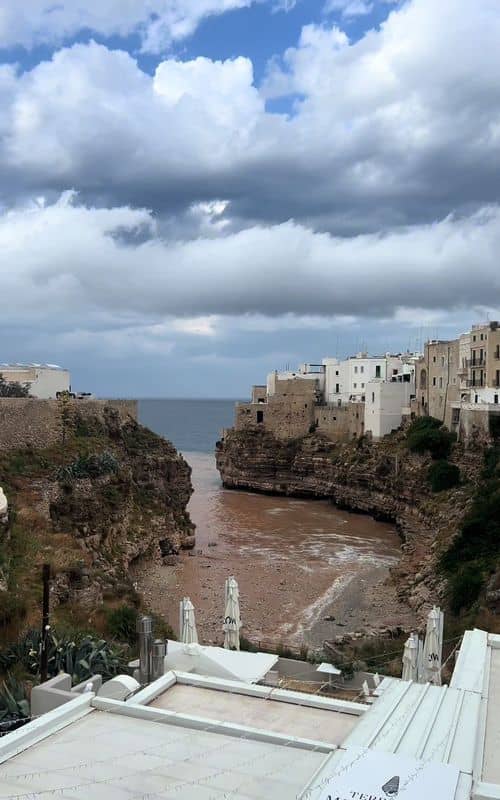
Social
From TikTok & Reddit
Best Time
Potentially fewer crowds if open

Chiesa del Purgatorio
Best Time
Potentially fewer crowds if open

Highlights
Must-see attractions
A stunning Baroque church in Polignano a Mare's historic center, known for its unique facade and rich history as a former burial site.
"The church, in elegant Baroque style, has a facade divided into two orders... impossible not to feel the call to enter inside! "
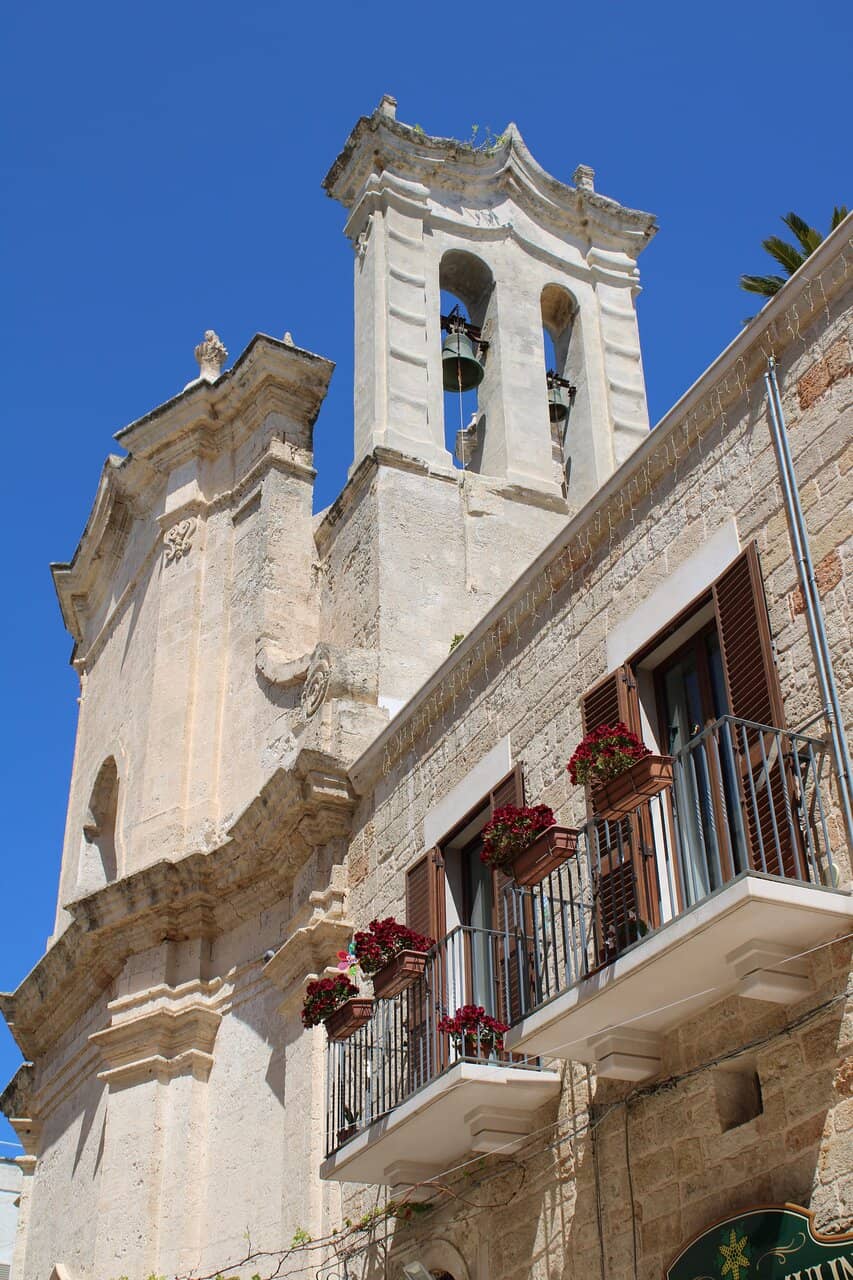
Check Opening Hours
Many visitors report the church is closed. Inquire locally for access.
Explore Historic Center
Located in the heart of Polignano a Mare, combine your visit with exploring charming streets.
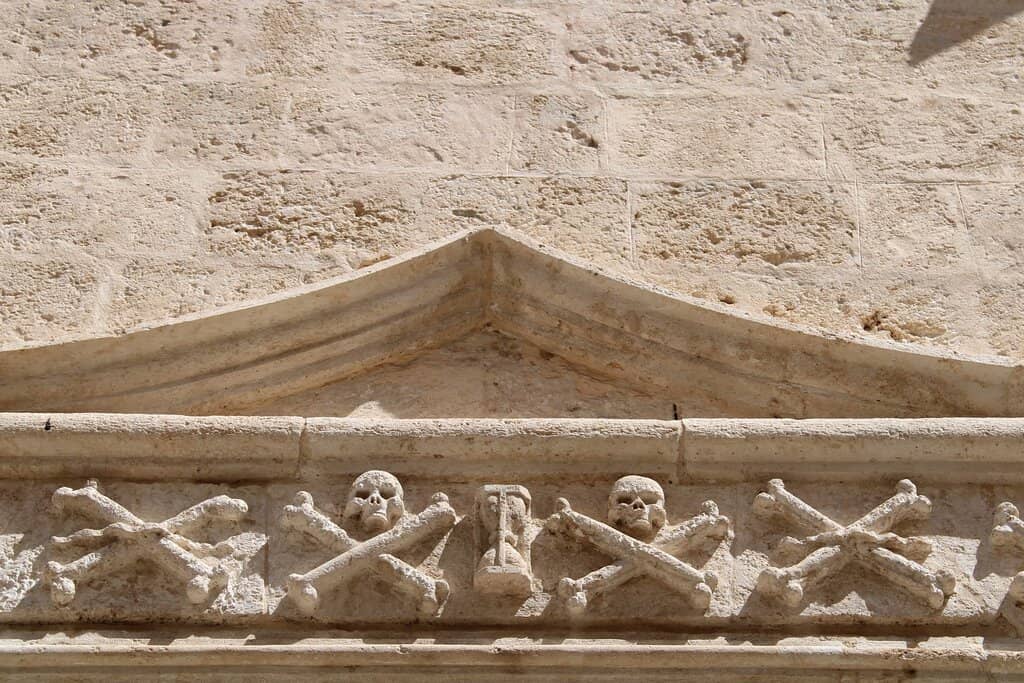
Highlights
Discover the most iconic attractions and experiences
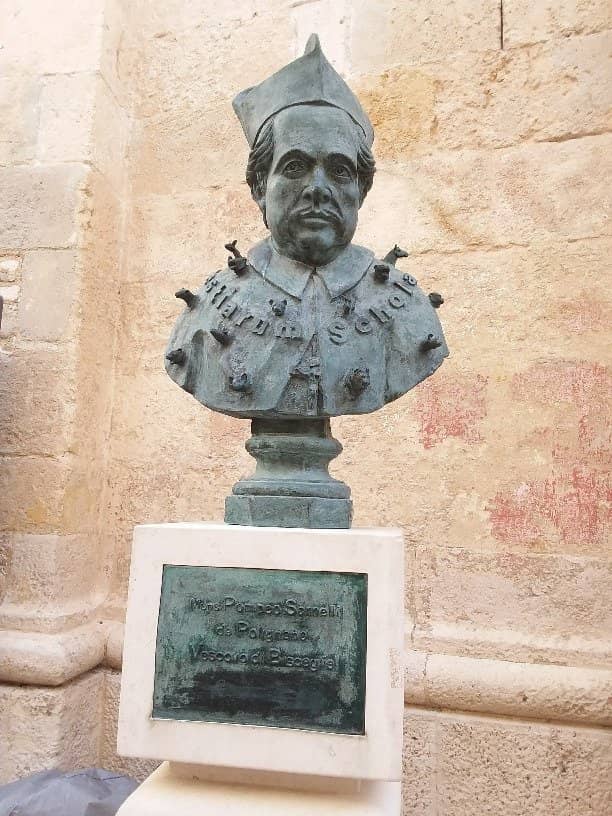
Baroque Facade
Admire the elegant Baroque architecture, featuring a facade divided into two orders with a distinctive curved upper section.
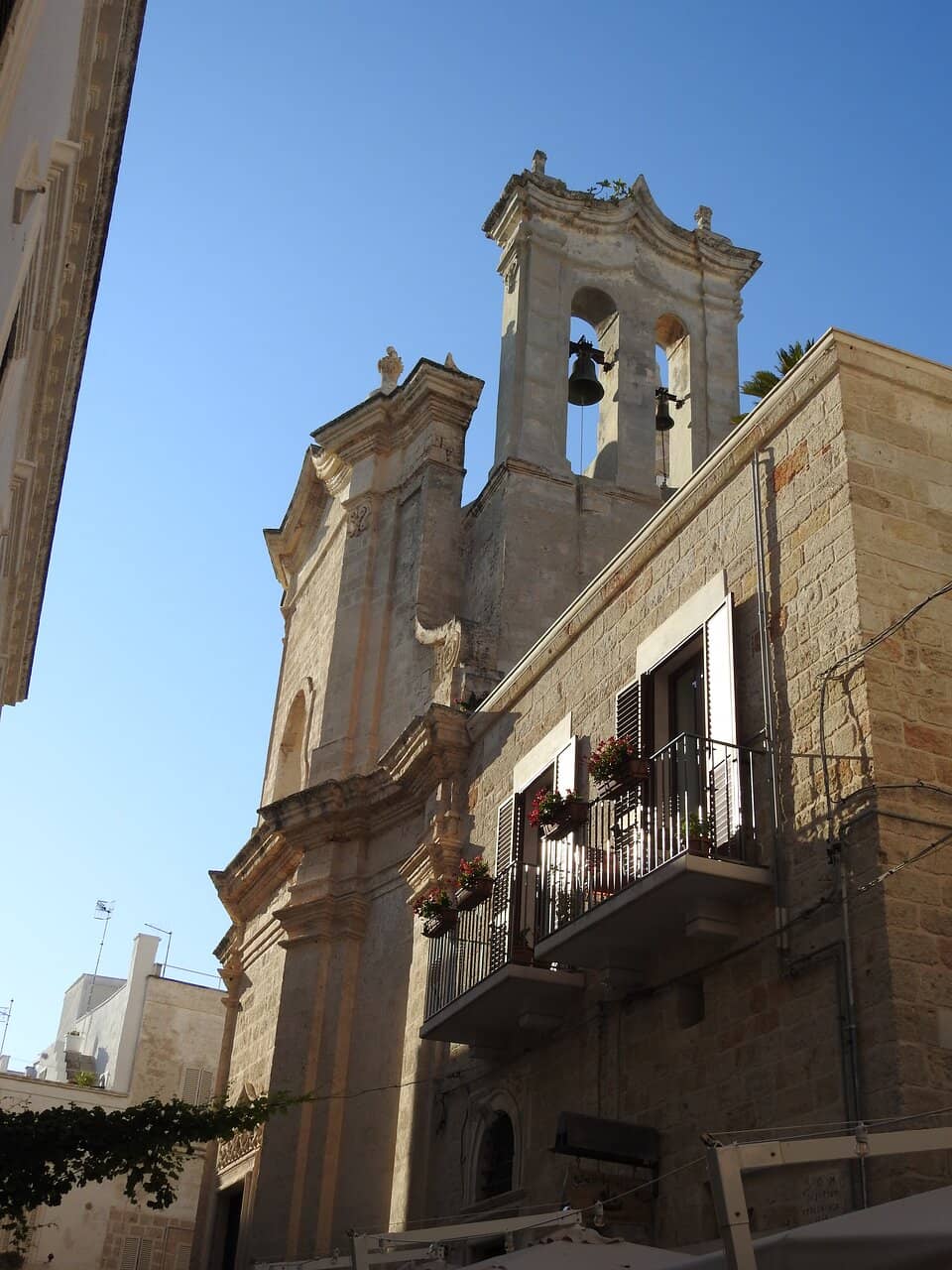
Majolica Tile Floor
Step inside to marvel at the interior's single nave with a barrel vault and a striking majolica tile floor.
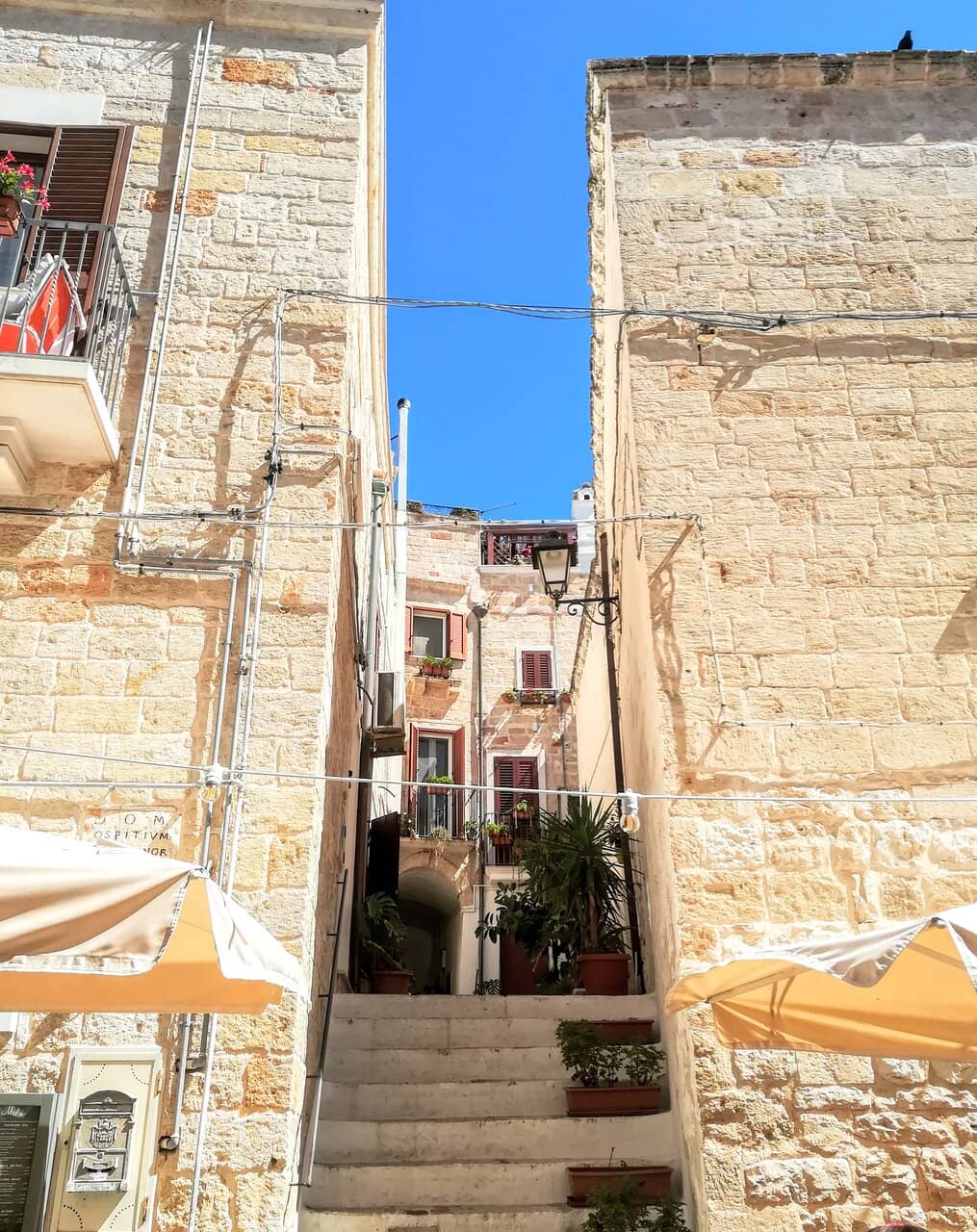
Chapels and Altars
Explore the side chapels dedicated to San Francesco da Paola and the Immaculate Conception, each with its own altar.
Plans like a pro.
Thinks like you
Planning Your Visit
Timing Your Visit
Understanding Its Significance
Best Times
Insider Tips
from TikTok, Instagram & Reddit
Check Opening Hours
Many visitors report the church is closed. Inquire locally for access.
Explore Historic Center
Located in the heart of Polignano a Mare, combine your visit with exploring charming streets.
Appreciate Baroque Details
Take time to notice the intricate details of the Baroque architecture and interior.
Tips
from all over the internet
Check Opening Hours
Many visitors report the church is closed. Inquire locally for access.
Explore Historic Center
Located in the heart of Polignano a Mare, combine your visit with exploring charming streets.
Appreciate Baroque Details
Take time to notice the intricate details of the Baroque architecture and interior.
What Travellers Say
Reviews Summary
Visitors often find the Chiesa del Purgatorio to be a beautiful example of Baroque architecture with a rich history, particularly noting its unique facade and interior details like the majolica floor. However, a recurring point of disappointment is that the church is frequently closed, limiting the ability for many to experience its interior.
"Purgatorio, is located in via Mulini, in the historic center of Polignano a Mare. The church, in typically Baroque style, was built in 1768 and stands on the pre-existing church of San Martino, probably dating back to 1528."
Daniele Maria Sacchi
"The old, beautiful exterior, but unfortunately the church is closed..."
Angie T.
"The Church of Purgatory, is another spectacular marvel of Polignano a Mare, and is located in the most advanced proximity of the Historic Center.
The Church, built on a previous sacred place dedicated to San Martino, later enclosed as a Sacristy, in ancient times, bordered the Hospital of the Annunziata, and served as a cemetery for the burial of poor people, including numerous children.
On the opposite side of the Church, until the first decades of the 19th century, the Mills for grinding wheat were active, and were located under the Wall of San Martino.
This Church, in elegant Baroque style, has a facade divided into two orders by a high upper part that follows the curved model of the wall.
A very tall Bell Tower stands triumphant on the right side of the Church.
The interior has a single astonishing nave with a barrel vault, and a dome on top. On the sides there are two Chapels with marble Altars: the Chapel on the left is dedicated to San Francesco da Paola, while the one on the right is dedicated to the Immaculate Conception.
The main Altar is dedicated to San Martino.
It also has painted canvases and a floor in majolica tiles of considerable prestige.
This is a Church which, when visiting the Historic Center of Polignano a Mare, it is impossible not to feel the call to enter inside, to become one with its beauties!"
Carmela Papappicco
What People Like
What People Dislike
Frequently Asked Questions
🚇 🗺️ Getting There
The Chiesa del Purgatorio is located in the historic center of Polignano a Mare, easily accessible on foot. If arriving by car, park outside the ZTL (limited traffic zone) and walk into the old town.
Yes, it's situated in the historic center, making it convenient to visit alongside other popular spots like Lama Monachile beach and the scenic viewpoints.
🎫 🎫 Tickets & Entry
Information on ticketing is scarce, and many reviews mention the church being closed. It's best to check locally for any admission fees or opening times.
Opening hours can be inconsistent, with many visitors noting it's often closed. Inquire with local tourist information or nearby businesses for the most up-to-date information.
As a historic church, accessibility might be limited. The interior features a single nave, but check for any specific accessibility concerns if needed.
🎫 🏛️ Onsite Experience
The church is a significant example of Baroque architecture, built in 1768. It features a distinctive facade and an elegant interior with a barrel vault and majolica floor.
Historically, it was built on the site of an older church and served as a cemetery for the poor and children. It was primarily used for funeral rites.
Inside, you'll find a single nave with a barrel vault, a dome, two chapels with marble altars dedicated to San Francesco da Paola and the Immaculate Conception, and a beautiful majolica tile floor.
The facade is distinctively decorated with skeletons and skulls, referencing the church's historical connection to death and the afterlife, fitting for a church dedicated to Purgatory.
📸 📸 Photography
The Baroque facade offers a striking visual, especially during golden hour. If accessible, the interior with its majolica floor and altars can also be photogenic.
If the church is open, it's always respectful to check for any posted photography rules. Generally, non-flash photography is permitted in many churches, but it's best to confirm.
For Different Travelers
Tailored advice for your travel style
History Buffs
Pay close attention to the facade's unique symbolism of skeletons and skulls, a direct nod to its historical function and the concept of Purgatory. The interior, with its dedicated chapels and altars, further reveals the religious practices and devotions of the past.
Architecture Enthusiasts
Key features to appreciate include the majolica tile floor, the marble altars in the side chapels, and the overall sense of grandeur. Even if the interior is closed, the exterior facade is a significant piece of architectural art worth studying.
Deep Dives
In-depth insights and expert knowledge
Architectural Marvel: The Baroque Style
The interior continues this theme with a single, astonishing nave covered by a barrel vault and topped with a dome. Flanking the nave are two chapels, each adorned with ornate marble altars. The chapel on the left is dedicated to San Francesco da Paola, while the one on the right honors the Immaculate Conception. The main altar is dedicated to San Martino, reflecting the church's historical roots.
Adding to the visual richness is the majolica tile floor, renowned for its prestige and beauty. The church also houses painted canvases, contributing to its artistic and spiritual ambiance. The facade's unique decoration of skeletons and skulls serves as a poignant reminder of the church's historical role as a burial site and its connection to the concept of Purgatory.
A Glimpse into History and Tradition
For centuries, the area adjacent to the church housed mills for grinding wheat, a crucial part of the local economy. The church itself was primarily used for funeral rites and suffragan masses, prayers offered for the souls in Purgatory. This spiritual purpose is reflected in its name and its enduring significance for the local community.
While many visitors are drawn to its architectural beauty, the church's historical context adds another layer of appreciation. It's a place where history, faith, and community intertwine, offering a tangible connection to the past of Polignano a Mare.

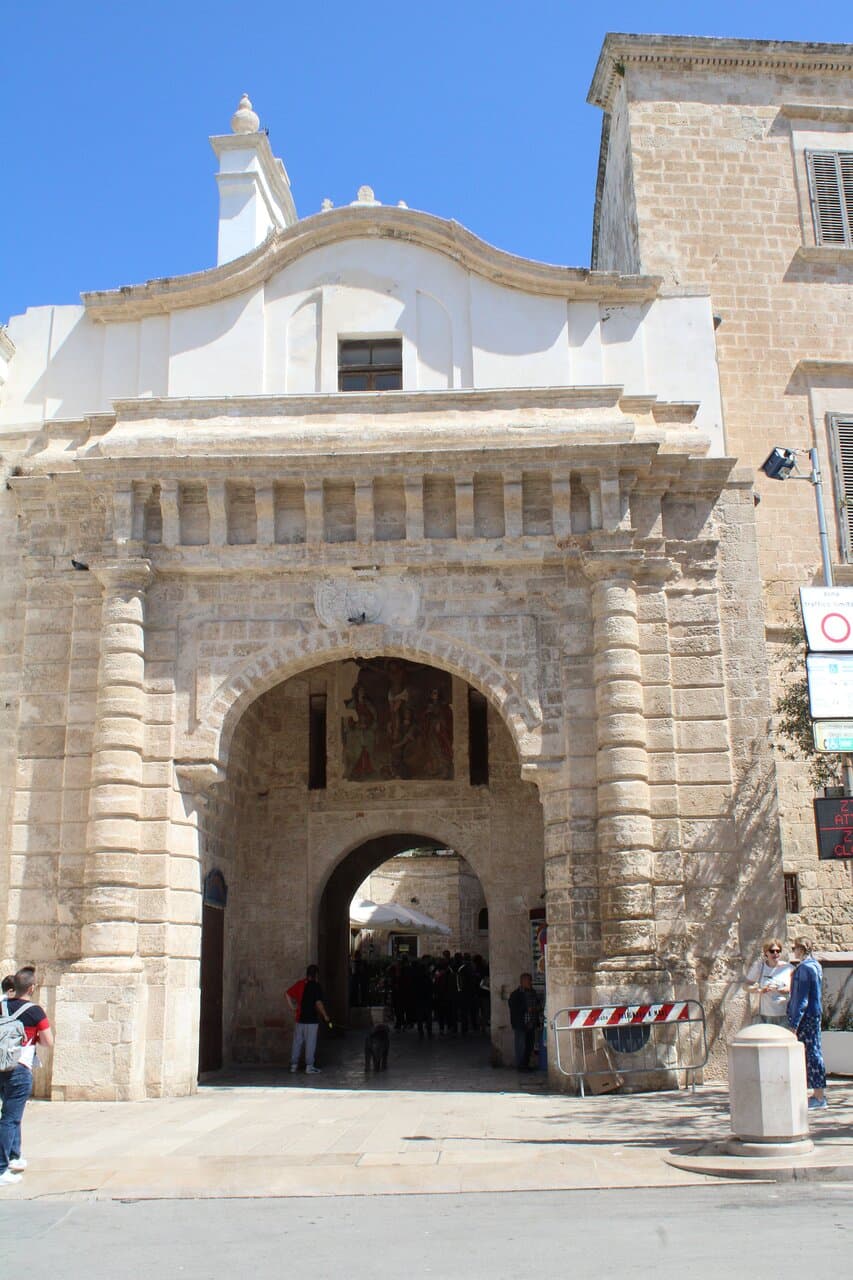



Social
from TikTok, Instagram & Reddit